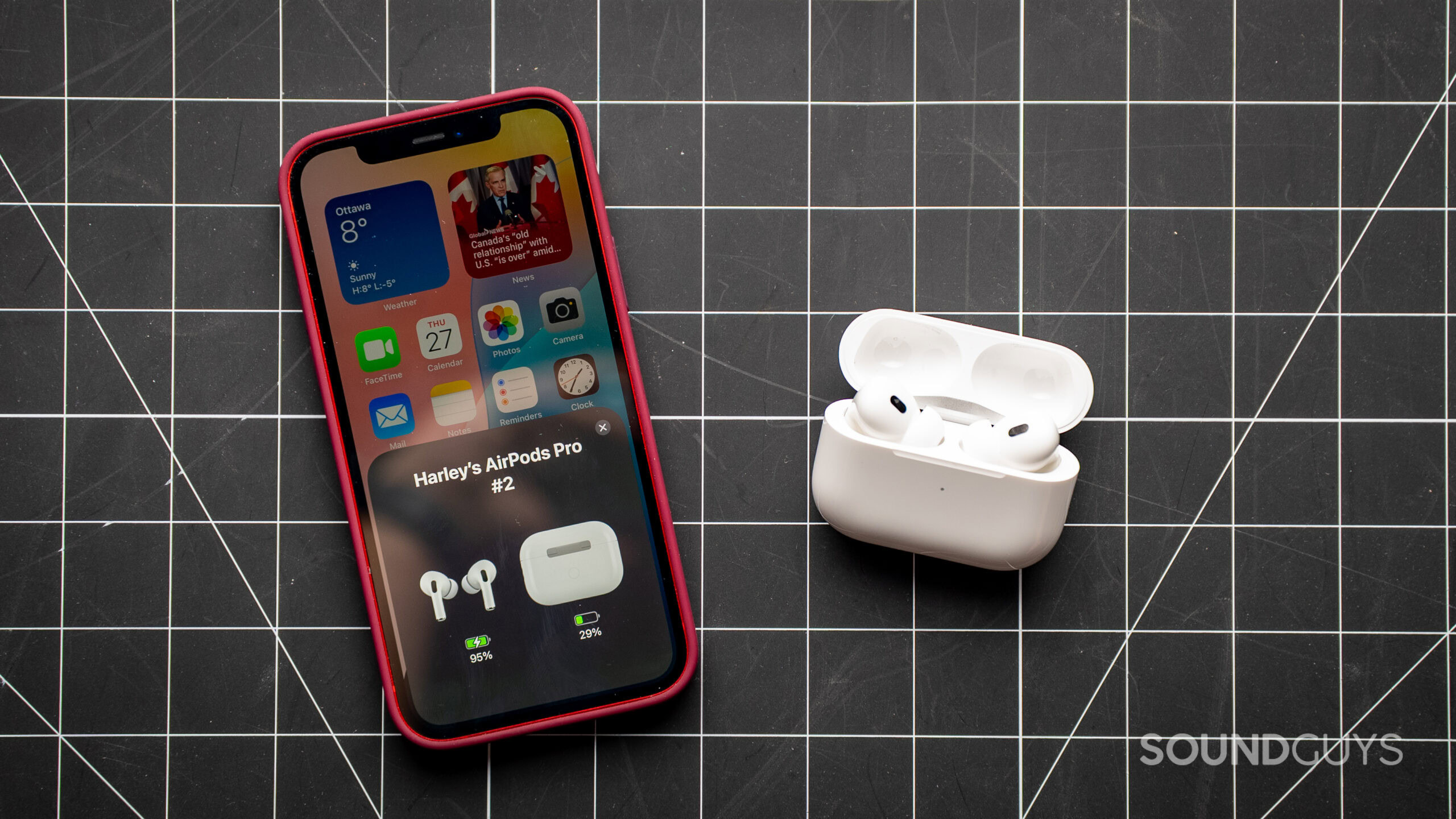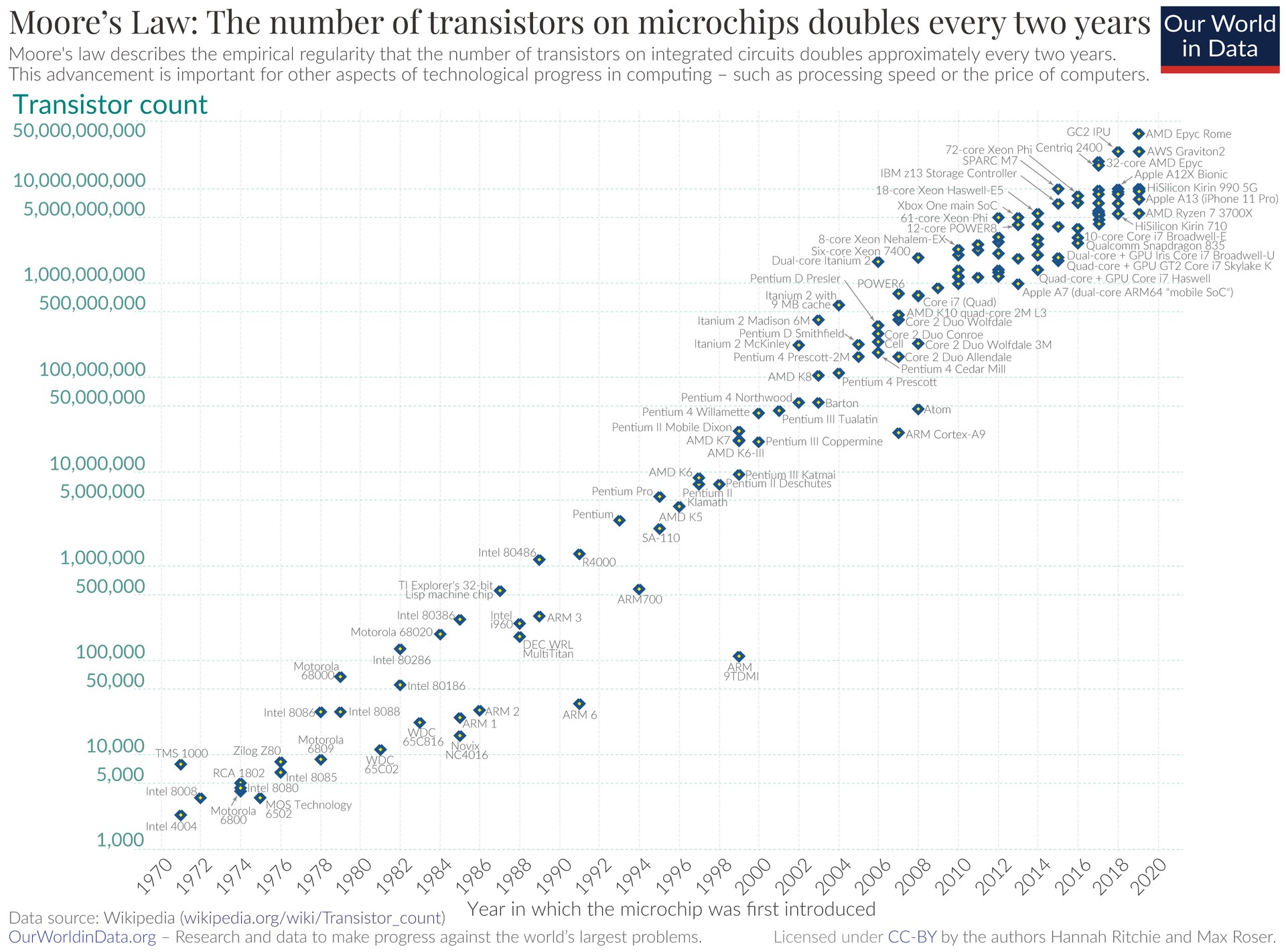All products featured are independently chosen by us. However, SoundGuys may receive a commission on orders placed through its retail links. See our ethics statement.
The Sony WH-1000XM6 exemplifies why technology is boring
August 7, 2025
I can’t be the only person who was just a little bit disappointed by the Sony WH-1000XM6. Don’t get me wrong; they are a great pair of headphones. The ANC is best-in-class, thanks to the new Q3 chip and passive isolation. It also does a great job of reproducing music without adding any distortion.
These headphones have weaknesses, too: the ear cushions lack comfort, and the ANC driver sticks out too much from inside the earcup, which can be uncomfortable to wear. But overall, these are just fine.
But when you look at Sony’s marketing in the lead-up to the release of these headphones and read all this marketing jargon boasting transcendent sound, “richer detail,” and “authenticity in every note,” after months of speculation and buzz online, I felt that we were promised a revolution. Instead, the most significant improvement was slightly better hinges.

This is a problem in tech today. It’s not that new products are bad: far from it. It’s that the story we are often sold doesn’t match the experience we actually get. It’s frustrating: not because the tech is failing, but because it feels like the ambition has flattened. Where innovation once meant re-imagining what was possible, it now often just means tweaking what’s already good enough. And at the end of the day, our devices keep getting newer and newer, but nothing’s really getting better.
What happened?
Remember back when Sony unveiled the Walkman in 1979? This little device was the first time that music was made portable in a wide-sweeping, mass-market way. You could take the joy of music with you everywhere, and it paved the way for the portable music player.
Where innovation once meant re-imagining what was possible, it now often just means tweaking what’s already good enough.
What about the rise of MP3s and digital music through the late 1990s, which killed the dominance of physical media and laid the groundwork for streaming, which is far and away the dominant mode in which we experience music today?
What about when Apple revealed the first iPhone? This was a new idea of what a phone could be. It dared to be different, which mattered more than the spec sheet. It made you feel that the future had arrived in your pocket. What about the first Bose QuietComfort line and the arrival of consumer active noise cancelation? True wireless earbuds popularized by the Apple AirPods? Dolby Spatial Audio?

These products had one thing in common — they completely revolutionized how we experience sound, building on the innovations of the products that came before them. They had ambition, and this ambition gave us the moment that defined eras — a world where music isn’t tethered to your home stereo, where 1000 songs fit into your pocket, and where silence is just a button press away.
But in today’s tech world, it seems we’ve moved from leaps to steps, from invention to iteration, from vision to optimization. And that’s the real tension here: when a product starts to ship with the language of a revolution but with no real substance, we start to wonder: Is that all there is?
Moore’s Law, the prediction that computing power would double roughly every two years, is slowing down. As transistors approach their physical limits, it’s becoming harder and more expensive to keep shrinking them, and the rapid pace of chip performance gains we’ve seen for decades is no longer guaranteed. That exponential growth curve we once rode like a wave is flattening, and with it, the ambition of the products it once powered.

We used to dream of world-changing breakthroughs. Now, what was once tech as liberation, empowerment, and creativity has quietly turned into tech as distraction and consumption. We don’t dream in devices anymore. We scroll, swipe, and refresh. The future was supposed to be open-ended. Instead, it’s filled with algorithmic recommendations and products designed to be just good enough to keep us coming back, yet not good enough to push us forward. And I can’t help but feel that the WH-1000XM6s, great as they are, are caught in that current.
They’re not a bad product. But they are a symptom of an industry that’s forgotten how to ask the bigger questions. Not ‘How do we make it 10% better?’ But: How do we make it mean something again?
Why did innovation stall?

In his eponymous article, writer Alex Murrell argues we’re living in the “Age of Average,” a moment in time where creativity across nearly every industry has become flattened, safe, and homogenized. He points to everything from films and fashion to interiors and architecture and shows how, in industry after industry, we’ve traded risk for reliability, identity for optimization, distinction for sameness.
That’s not just true of art or advertising. It’s true of technology, too. The field once synonymous with radical reinvention is now marked by repetition. Why did innovation stall? Why does everything feel the same? Well, there are some pretty good reasons.
Instead of asking How do we make it 10% better? can we ask How do we make it mean something again?
For one, we’ve reached a period in tech when many of the low-hanging fruit in consumer hardware have already been picked. The age of the iPhone meant the radical birth of the touchscreen. But today, we already have razor-sharp displays and batteries that can last all day. The basics are covered. To push further now takes massive R&D budgets for diminishing returns. Making something 10% thinner or 20% faster doesn’t feel revolutionary, even if, on paper, it’s progress.
But the flipside to that? This means that today, we live in a world where virtually any technology, including any headphones we pick up, will be pretty good for most of our needs. For all this talk about boredom and diminishing returns, it’s impressive to see how far we’ve come.
At its best, technology was never supposed to be the main character, but the supporting act.
Innovation is also risky, and risk is bad for business — or at least, bad for shareholders. For many tech companies today, in our volatile economic environment, it’s safer to ship a ‘new’ product that’s actually a modest spec bump and let marketing do the heavy lifting while engineering holds the line.
This isn’t to say that disruptive innovations have completely disappeared from tech. The breakthroughs driven by artificial intelligence are the most pertinent example, but innovation persists in smaller ways, too. The Nothing Headphone (1), with its unconventional, industrial design, impressive noise cancelation, and sound quality that rivals some of the biggest names in audio tech, is proof that progress hasn’t vanished from the audio space. It’s simply shifted, becoming more specific, more localized.

But even amidst this radical disruption, and perhaps especially in its shadow, we’re reminded of the need for discernment. In a world of constant noise, of breakthroughs on one end and endless iteration on the other, retaining our humanity means being judicious about what we adopt, what we upgrade, and what we let into our lives.
Where do we go from here?
We may not be making as many big leaps as we used to, but I’ve learned that maybe that’s not such a bad thing. In fact, it might be a sign of success. The truth is: tech has gotten so good that we barely have to think about it anymore. We’ve solved so many big problems — battery life, audio fidelity, portability — that most new devices will enhance our experience. That’s the baseline now.
In fact, you can get a whole bunch of headphones for less than $100 that are pretty close to the Sony XM6s’ performance. The vast majority of these budget headphones stick pretty close to our house curve, despite sometimes costing just 1/5 of the price.

When something becomes embedded in daily life, it stops feeling like innovation and becomes more like plumbing or oxygen. As Ian Bogost writes in The Atlantic, the fact that phones and audio gear have become boring is the innovation we’re looking for. It’s the mark of technology doing its job so well that we’ve started to take it for granted.
We shouldn’t get bitter about that. At its best, technology was never supposed to be the main character, but the supporting act. It’s a tool that made our lives easier. That’s where the whole wonder of tech has always come from. It’s in fashioning these tools that allow us to push the boundaries of who we are, who we can and ought to be. Technology made life feel more alive.
The point isn’t the product but the experience of it—how we use it. Headphones like the Sony WH-1000XM6 are powerful not just because of their impressive spec sheets but because they make it easier for us to experience the wonder of music everywhere we go. They’re meant to improve our listening experience so we can share in the music and the auditory experiences that connect us to other people.
You don’t have to buy the new thing every year
But to have these experiences, you don’t need to buy the new thing every year. You don’t necessarily need the latest spec bump or marginal improvement. Despite being five years old, the Sony WH-1000XM4 headphones are still more than good enough for most people. Sure, if you’re always out in noisy environments, maybe that extra 10% in noise attenuation in the XM6 will be useful for you. But it’s important to be judicious about precisely what you need those headphones for and how they’ll serve your specific use cases.
We all need to stay connected to what tech is for. It’s not here to be worshipped. It’s here to be used—used to connect, create, feel, and be present. The next leap forward, then, isn’t a faster chip or a sleeker design but in changing how we think about the tools we already have as extensions of our attention, our creativity, and our sense of self.
The danger with stagnating innovation is not just that products are boring but that we forget the human stakes. When we lose sight of what tech is for, we start chasing features, specs, and noise for its own sake. But so long as we use our tech to enhance our lives rather than live them for us, then maybe we’re a bit closer to getting it right after all.
Thank you for being part of our community. Read our Comment Policy before posting.